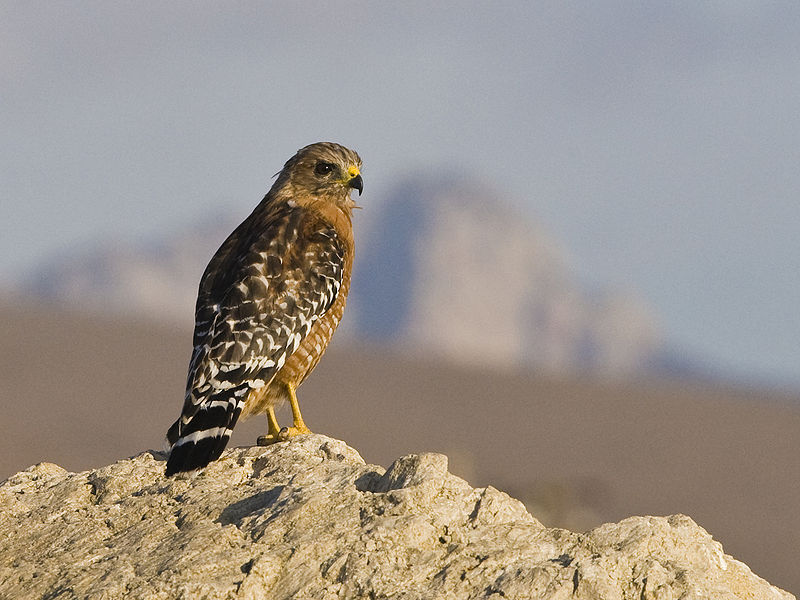
By Bill Shelmerdine, Olympia CBC Compiler
The Olympia Christmas Bird Count (CBC) was held on Sunday, December 19. In keeping with the long-standing tradition, that is the first Sunday of the official CBC “count period”. We were fortunate to have good, though cool weather, with some fog early and no rain. This was a stroke of luck, as the weather on either side of count day was marginal to say the least.
Usually, I lead the summary with the number of birds counted and how that compares to previous years. This year I think the more interesting story lies in the participation.
Participation and Effort:
This year we had 109 participants in 38 parties, each counting in one of the 16 count areas or sectors. 28 participated by counting on their home property or at their feeders. The number of participants surpasses the previous high attendance of 107 in 2019 (just before COVID-19 became part of our lives). Count participation has increased rather steadily from a low of 38 reported counters in 1989 to the present. From what I can tell this is consistently one of the most popular and well-attended counts in WA. It has been conducted continuously since 1978, and more sporadically before that. The earliest record I could find was 1908.
Species and Count Totals:
We recorded 43,634 birds of 128 species on this year’s count. The number of species is slightly above the 10-year and 30-year averages of 126.6. The total number of birds looks to be about average for the last 5 years of the count. The notable exception was 2020 when a high count of 58,103 individuals were reported. This can be explained by record numbers of certain species, most notably Pine Siskins in 2020. Note that nearly 6,500 more Pine Siskins were seen in 2020 as compared to 2021. Last year’s count (2020) was especially noteworthy considering it was the first year of COVID-19 and recorded a below-average number of 123 species and counters while recording record numbers of several species. For some additional perspective, the 1908 count recorded 159 birds of 16 species.
Highlights and Notables:
This year, record-high counts were noted for several species including Trumpeter Swan, Ring-necked Duck, Bald Eagle, Coopers Hawk, Great Horned Owl, Barred Owl, Black Phoebe, and Common Raven. We tallied a total of 363 Bald Eagles on count day surpassing the previous high count of 325 reported in 2019. This continues an increasing trend well documented in the count numbers. Anna’s Hummingbird (261) and California Scrub-Jay (142) narrowly missed high numbers for the 2021 count, recording the second-highest count totals for each of those species.
And speaking of trend numbers well documented by the count… Red-shouldered Hawk, Black Phoebe, and Lesser Goldfinch were all recorded on count day. These species, unreported on the count until recent years, have been consistently recorded the last few years. Together with the Anna’s Hummingbird and California Scrub-jay numbers, they reflect the widespread trend of these species expanding northward.
Rarities seen on count day included: Harlequin Duck, Long-tailed Duck, Red-Shouldered Hawk, Black Phoebe, and Lesser Goldfinch. A single American Dipper was seen in the traditional Tumwater Falls area; it is always a popular but easy-to-miss local species. Species missed on count day included Eared Grebe, Red Crossbill, and Evening Grosbeak. Birds missed on the count but seen during “Count Week” included Northern Shrike and Common Yellowthroat. The latter was found along Hartman Road by David True just a couple of days after the count. Particularly low numbers were reported for a few species including Pacific Loon (5) and Lincoln’s Sparrow (2); there may be others.
The general impression from counters was overall low numbers. This was certainly true for some species (most notably many waterfowl), but generally not born out by total count numbers. As always, there are many more stories yet to be revealed in the count numbers.
And finally, a heartfelt thank you goes out to our many volunteers and participants. I am especially indebted to our area leaders that coordinate count activities and reporting for their respective sectors. A big thank you also goes to our sponsor, Black Hills Audubon Society, who have consistently supported the count over the years. Let’s hope that next year brings some relief to the current COVID-19 situation and a return to our traditional post-count gathering and compilation dinner.
Photo credit: Red Shouldered Hawk, Wikimedia, by “Mike” Michael L. Baird







